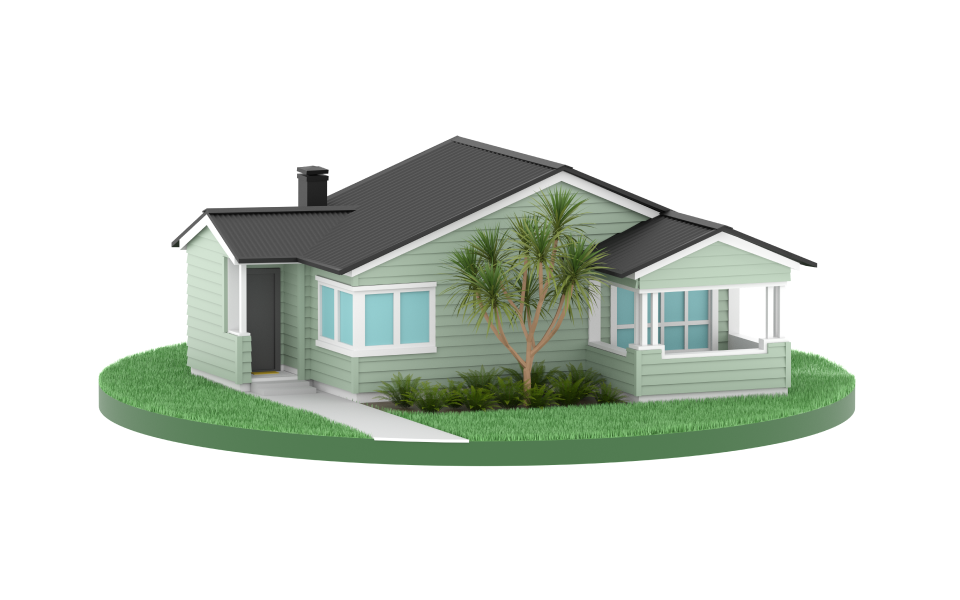No matter what time of year, BBQs are popular in New Zealand. There’s nothing like getting together with your friends and family and enjoying a few sausages and veggies cooked on the grill.
While many BBQ enthusiasts will say you can’t go past charcoal, using LPG (Liquid Petroleum Gas) cylinders is just as common and more convenient. The cylinders are portable and easy to transport, but as they are pressurised containers of flammable liquid, they must be adequately maintained and cared for.
Our useful tips will help you to use and store LPG cylinders safely.
Store it safely
When storing your LPG cylinder, keep the cylinder upright. Avoid storing it anywhere warm or near fire sources, and make sure that the cylinder is in an area with good ventilation, ideally outside, but a cool room with plenty of space around the cylinder works too.
Transport it safely
Keep your cylinder upright when transporting it, and secure it so that it can’t move about. Disconnect the cylinder from any appliance or BBQ before transporting it – remember to close the cylinder valve completely before you disconnect. Never leave an LPG cylinder in a hot vehicle.
Test it often
Make sure that your LPG cylinder isn’t a threat to your family by carrying out regular safety checks, and take it to an expert if you're unsure, LPG cylinders must be certified by an authorised New Zealand LPG testing facility at least once every ten years. Your cylinder must have its latest test date displayed on the valve assembly collar. The cylinder should also have a ‘diamond’ dangerous goods label and a ’Dangerous Flammable Gas’ warning sticker showing.
Use the right fittings
Never connect your LPG cylinder to appliances that have been set up for natural gas, as these gas types are different. Always use a hose marked with ‘LPG’ to connect your cylinder to your gas appliance, as these contain material specifically designed for LPG use. Keep your hose free from kinks and splits, and replace it when necessary. If the cylinder fittings or safety valve seem compromised, take the cylinder to an LPG expert for professional assessment and repair.
Get leaks investigated
A leaking LPG cylinder is a health and safety risk to you and your family. If you think your LPG cylinder is leaking, take it outside of the house to a location away from people and heat sources. Ventilate all household rooms thoroughly to clear any gas build-up. Once outside, check for leaks in your cylinder using soapy water. Any bubbles that occur will show the exact location of the leak. Attempt to stop the leak by shutting off the cylinder valve if you can. Keep the bottle upright at all times so that gas instead of liquid escapes. When the cylinder is empty of gas and safe to transport, take it to an authorised New Zealand LPG testing facility.
Using a cylinder swap?
Many retailers now offer a swap system for gas cylinders. It’s a handy system and means you don’t have to wait around for your bottle to get filled. Always check with your provider that the cylinders they offer are regularly tested and have the appropriate inspection sticker.
For more information on LPG safety both at home and at work, visit LPG at home and outside of work on the EPA website.
Related blogs

Looking for house insurance?
Save $100 on eligible house insurance policies. Use promo code SAVE100. Ends 20 Sept 2025.*